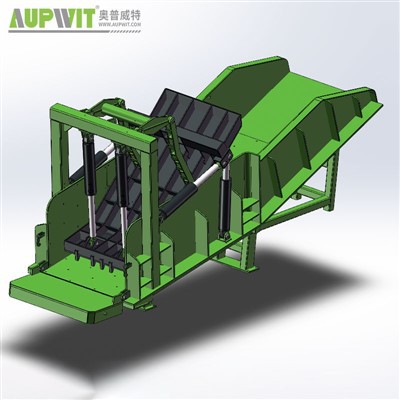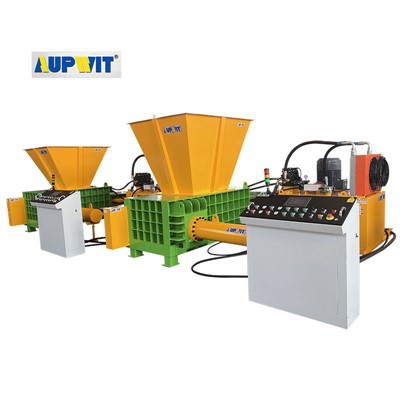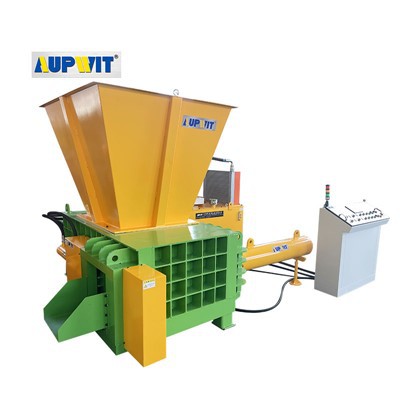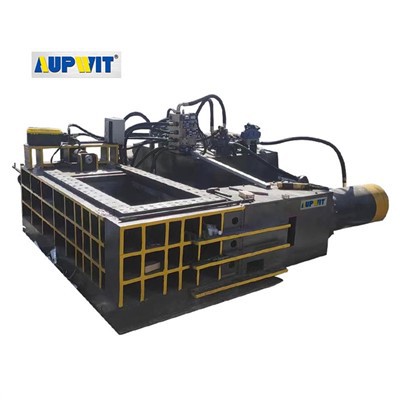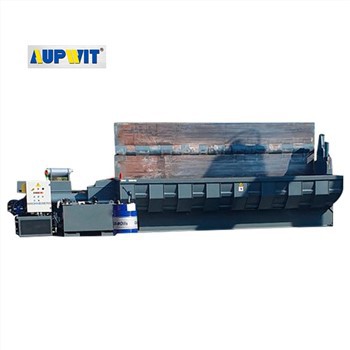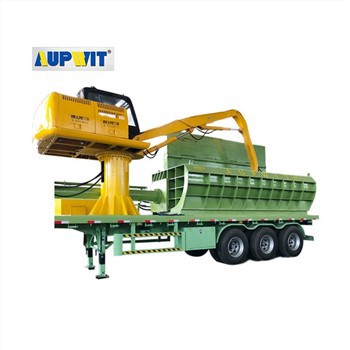1. Introduction
Roll-type briquetting presses are mechanical systems designed to compress powdered or granular materials into dense, geometrically defined briquettes through counter-rotating rollers. This technology is widely adopted in metallurgy, mining, and energy sectors for coal/charcoal processing, metal recycling, and mineral consolidation.
2. Structural Components
The core modules include:
-
Roller Assembly: Dual hardened alloy steel rollers (HRC 58-62) with engraved pockets determining briquette shape
-
Hydraulic System: 20-35 MPa pressure range with proportional valves for force adjustment
-
Feed System: Twin-screw conveyors with vibration screens for uniform material distribution
-
Control Unit: PLC-based automation with pressure-time curve monitoring and 200+ parameter presets
3. Operational Mechanism
Material undergoes three-phase compression:
-
Pre-compression: Spiral feeders densify loose materials to 60-70% target density
-
Main Pressing: Roller pockets apply 50-150 kN/cm² pressure, inducing plastic deformation
-
Ejection: Spring-loaded scrapers remove finished briquettes while minimizing wear
4. Technical Advantages
-
Energy Efficiency: 30-40% lower power consumption vs. piston presses due to continuous operation
-
Output Capacity: 5-25 t/h production rate depending on material characteristics
-
Adaptability: Handles diverse materials from coal dust (≤12% moisture) to metal powders
5. Industrial Applications
-
Coal Industry: Produces smokeless fuel briquettes from anthracite/lignite fines
-
Mineral Processing: Agglomerates iron ore, fluorite, and alumina powders
-
Recycling: Compacts metal chips and non-ferrous waste for remelting


